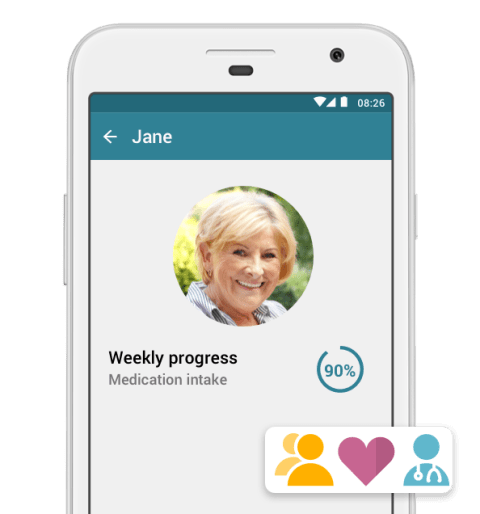Nearly 37 million people in the US alone live with chronic lung conditions like asthma or COPD, and that number is constantly rising. One of the biggest challenges for people who have these conditions or are at risk of developing them is monitoring lung health. It’s easy to take a test with your doctor to check on your lung health, but how do you keep track the rest of the time? Today’s blog covers a few options that nearly anyone can take advantage of to keep a close eye on lung health without even leaving home.
Simple Lung Stress Test:
The idea of performing any sort of self-test can be daunting, but this one is incredibly simple. All you need to do is jog up two flights of stairs or walk six blocks, whichever you prefer. If you’re able either of these without stopping or feeling extremely fatigued, your lungs are likely in reasonable condition. It’s worth noting however that this test may not apply to patients already diagnosed with lung conditions if they are not typically able to complete these activities. This test is best suited to people at risk of developing lung conditions who want to regularly check on their lung health.
If you’d like to use this method of testing, it’s recommended you do it once a month. If you notice that completing it is becoming more difficult, it’s time to speak with your doctor.
Spirometer Smartphone Apps:
To monitor patients with existing lung conditions, a digital solution can make tracking and sharing information with your doctor much easier. Most of these apps require an external device that connects to your smartphone via Bluetooth, but there are apps being researched that utilize the built-in microphone.
In the meantime, apps like iSpirometry allow users to easily test and log their lung function whenever they wish. If you’re skeptical about using an app to perform health tests, fear not, iSpirometry is up to the latest spirometry standards. The required hardware to use iSpirometry costs around $115, but it is comparable to tests that are often conducted in doctor’s offices.
If you decide to use iSpirometry, it’s a very simple process. Simply download the app, pair the device with your smartphone via Bluetooth and follow the instructions on the screen to blow into the spirometer. This can’t replace professional medical assistance, but it can alert you to any changes in lung health before they become critical, allowing adequate time to see a doctor, and potentially skipping an emergency room visit.
Using a Peak Flow Meter:
If you prefer a slightly more old-school solution than a smartphone app and Bluetooth paired spirometer but still want accurate testing, a peak flow meter might be the solution. A peak flow meter is a small device that measures your lung function by testing how well you can exhale.
Instructions for specific use may vary between devices, but generally, you’ll just need to blow quickly through the mouthpiece to get a reading. Regular use is a great way to keep tabs on your lung health. The only downside to this method is that you’ll need to log readings manually to share with your doctor, unlike digital apps. That said, peak flow meters are typically quite a bit cheaper than spirometers, averaging between $15 and $50. If you need something a bit more in-depth than the lung stress test but aren’t ready to make the leap to a spirometer, a peak flow meter can be a great choice.
Lung Health Tips:
Since you’re reading this, there’s a good chance you’re interested in taking control of your or a loved one’s lung health. Measuring health is the best place to start, but what do you do if you aren’t where you’d like to be (other than consulting with your doctor)? The following are some quick tips that you can start practicing today to help you perform better.
- Stop smoking: Everyone knows this, but it’s so important that it has to be mentioned here anyways.
- Lung-healthy foods: Eating foods that are rich in antioxidants can help lead to increased lung capacity.
- Stay up to date on vaccines: Making sure you take precautions to avoid illness such as the flu will help your lungs stay in better shape.
- Frequent exercise: Even a simple walk around the block every day can help to improve both your lung and cardiovascular health.
- Be mindful of air quality: This one is easy to forget. Make sure to replace air filters and keep your living space free of mold to ensure you aren’t breathing in harmful particles.
Here are some other articles we think you might enjoy:



